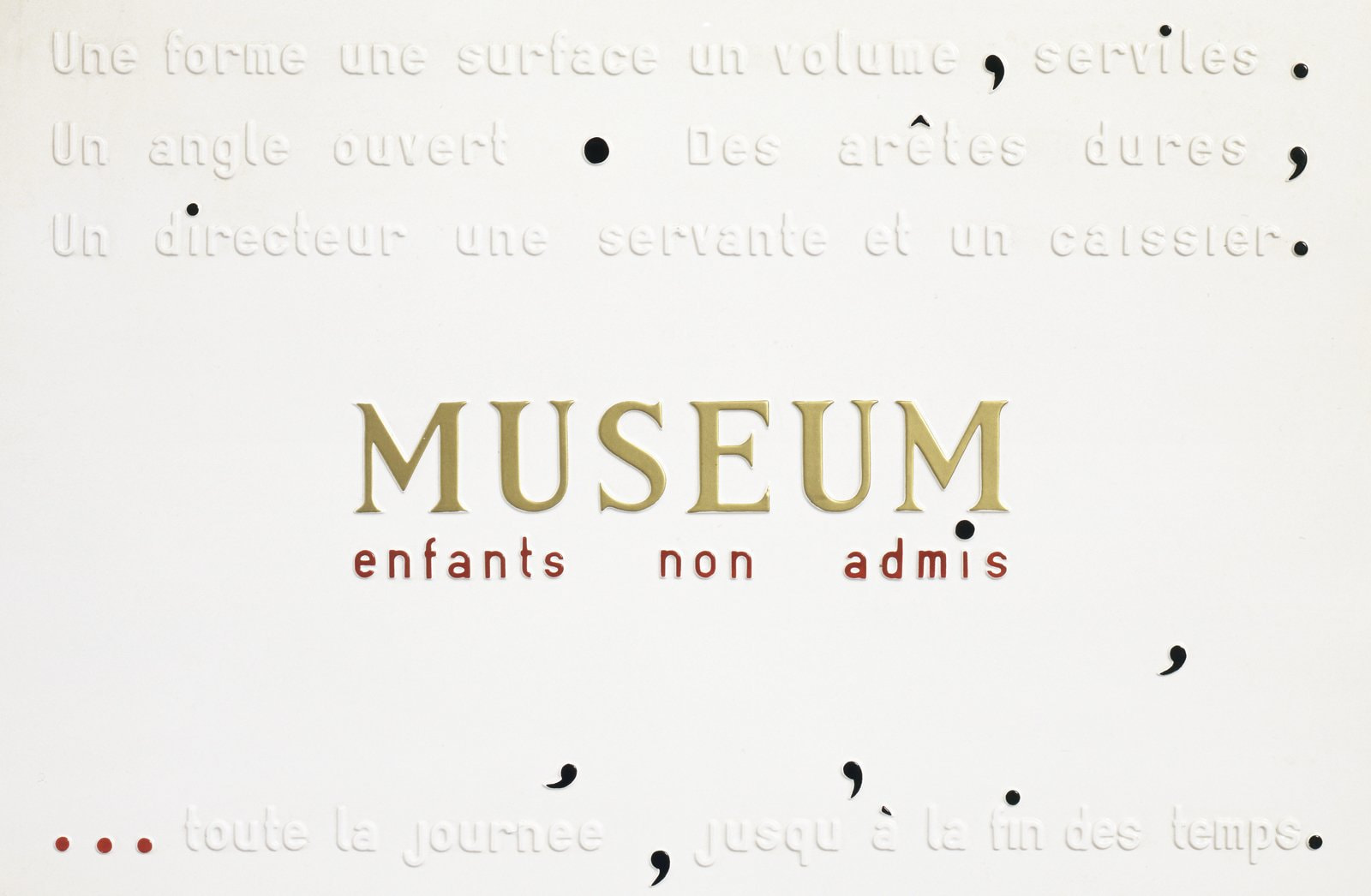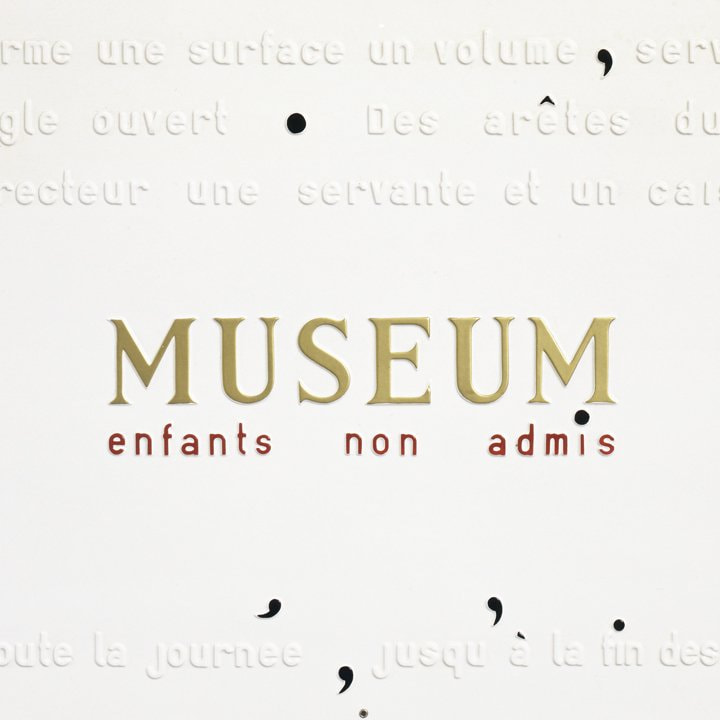These seminars, conducted by Natalia Smolyanskaya, will focus on the history of contemporary art through the lens of the art movement that has become known as “institutional critique”. This movement will be analyzed through the texts of such artists as Marcel Broodthaers, Robert Smithson, Daniel Buren, Julio Le Parc, Guy Debord, Andrea Fraser, The Yes Men, Hito Steyerl, and others.
What’s especially interesting about institutional critique, is that a lot of seminal theoretic texts on the subject are written by artists themselves, meaning the critic and the artist have not only exchanged positions, but have also relocated the very framework of art theory, by creating an interdisciplinary field where the new discourse and the new artistic practice derive from.
The term “institutional critique” is an oxymoron as it implies criticism being processed within an institution, while the critical movement that developed in postwar art in the 1960s has from the very beginning been focusing on its own, independent experience of art.
Many statements and exhibition projects of 1968 to 1969 articulate the urge to re-designate the places of artistic activity, de-territorialize the artist’s gesture and the viewer’s perception, and reconsider the strategies of intercommunication between the artist, the spectator, and the museum (ArtWorkers’ coalition, Allan Kaprow, Robert Smithson, Eduardo Favario’s projects, GRAV, Daniel Buren). Robert Smithson’s 1972 declaration “Cultural Confinement” characterizes the actions of the 1970s generation of artists as driven by the struggle to bring the interrelationship between the viewers and the art system beyond the borders established by the tradition of limitations: the artist’s action—result—exposition—the spectator’s attention. Despite their predetermined character, the gestures of or actions initiated by Smithson, Marcel Broodthaers, Hans Haacke, Michael Asher, and others either completely remove or radically reconsider the existent limitations, allowing the artwork to become material for further analysis and transformation via interaction with the viewer.
The actions, performances, and articles that followed after 1968 took the issue of institutional critique beyond the field of artistic practices as such, and instead could be defined as a transdisciplinary movement of contemporary art, where the border between art and life is blurred, as is explained by one of the leading activists of this movement, Andrea Fraser, in her article “From the Critique of Institutions to an Institution of Critique” (2005).

